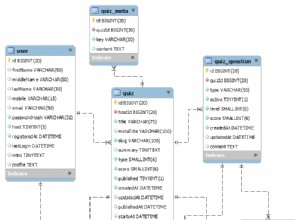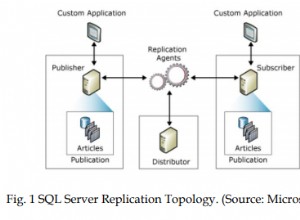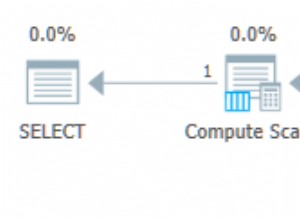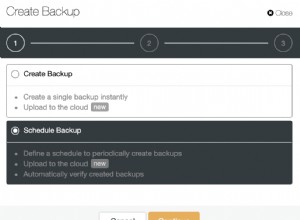puoi usare Spiega per mostrare come Query Optimizer gestirà la tua query.
http://www.postgresql.org/docs/9.2/static /sql-explain.html
Nel caso sopra PSQL dovrebbe vedere che temp3 non è usato e non includerlo.
usando il tuo esempio sopra su uno dei miei dbs.
explain with temp1 as (select * from cidrs), temp2 as (select * from contacts), temp3 as ( select * from accounts ) select * from temp1 join temp2 on temp1.id = temp2.id;
QUERY PLAN
---------------------------------------------------------------------
Hash Join (cost=22.15..25.44 rows=20 width=4174)
Hash Cond: (temp1.id = temp2.id)
CTE temp1
-> Seq Scan on cidrs (cost=0.00..11.30 rows=130 width=588)
CTE temp2
-> Seq Scan on contacts (cost=0.00..10.20 rows=20 width=3586)
-> CTE Scan on temp1 (cost=0.00..2.60 rows=130 width=588)
-> Hash (cost=0.40..0.40 rows=20 width=3586)
-> CTE Scan on temp2 (cost=0.00..0.40 rows=20 width=3586)
(9 rows)
non noterai alcuna menzione di temp3. Nel rispondere alla tua modifica, sul motivo per cui non influisce sul tempo di query, l'ottimizzatore è abbastanza intelligente da vedere che non viene utilizzato e non si preoccupa di calcolarlo. Da qui il motivo per cui è un ottimizzatore.




